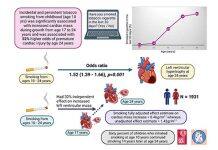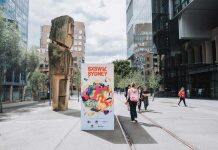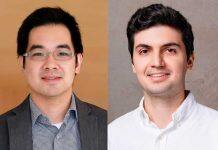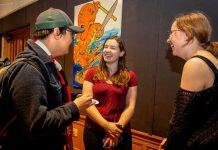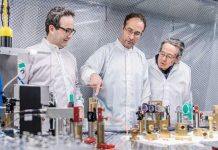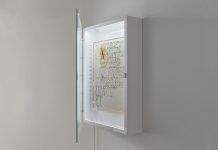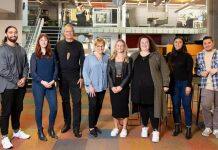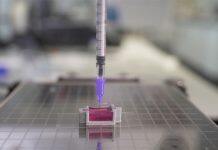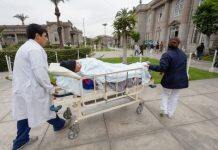Research for the World: new LSE magazine showcases the power of the social sciences
From working to identify the environmental impact of deforestation and improving our understanding of income inequality to the impact of COVID-19 on care homes...
Size of helium nucleus measured more precisely than ever before
In experiments at the Paul Scherrer Institute PSI, an international research collaboration with ETH Zurich involvement has measured the radius of the atomic nucleus of helium...
Pope.L’s new exhibition at Neubauer Collegium is shaped by COVID-19
The Neubauer Collegium for Culture and Society has opened My Kingdom for a Title, a new solo exhibition featuring work by Pope. L, an acclaimed artist and scholar in the University of Chicago’s Department of Visual Arts.
Double win for PhD student at major science meet
Susana Gutarra Díaz gave presentations at the Annual Meeting of the Palaeontological Association based on her PhD work about how ancient marine reptiles may have swum.
Scholarship seeks to push indigenous voice to the forefront of NZ architecture
As the largest Polynesian city in the world, Auckland presents a noticeable lack of Māori and Pacific representation in its architecture. This scholarship, and its incentive to study the subject...
Scientists use novel ink to 3D-print ‘bone’ with living cells
3D printers may one day become a permanent fixture of the operating theatre after UNSW scientists showed they could print bone-like structures containing living cells.
Researchers construct molecular nanofibers that are stronger than steel
Self-assembly of Kevlar-inspired molecules leads to structures with robust properties, offering new materials for solid-state applications.
Global demand for cancer surgery set to surge
A new modelling study led by UNSW predicts demand for cancer surgery will rise by 52 per cent within two decades, with low-income countries bearing the greatest burden.
Deep sleep takes out the trash
A new Northwestern University study reaffirms the importance of getting a good night’s sleep.
NEWS2 evaluated for prediction of severe COVID-19 outcome in large international study
In the first systematic large-scale evaluation of the UK National Early Warning Risk Score (NEWS) 2 as a scoring system for predicting severe COVID-19 outcomes in patients...


